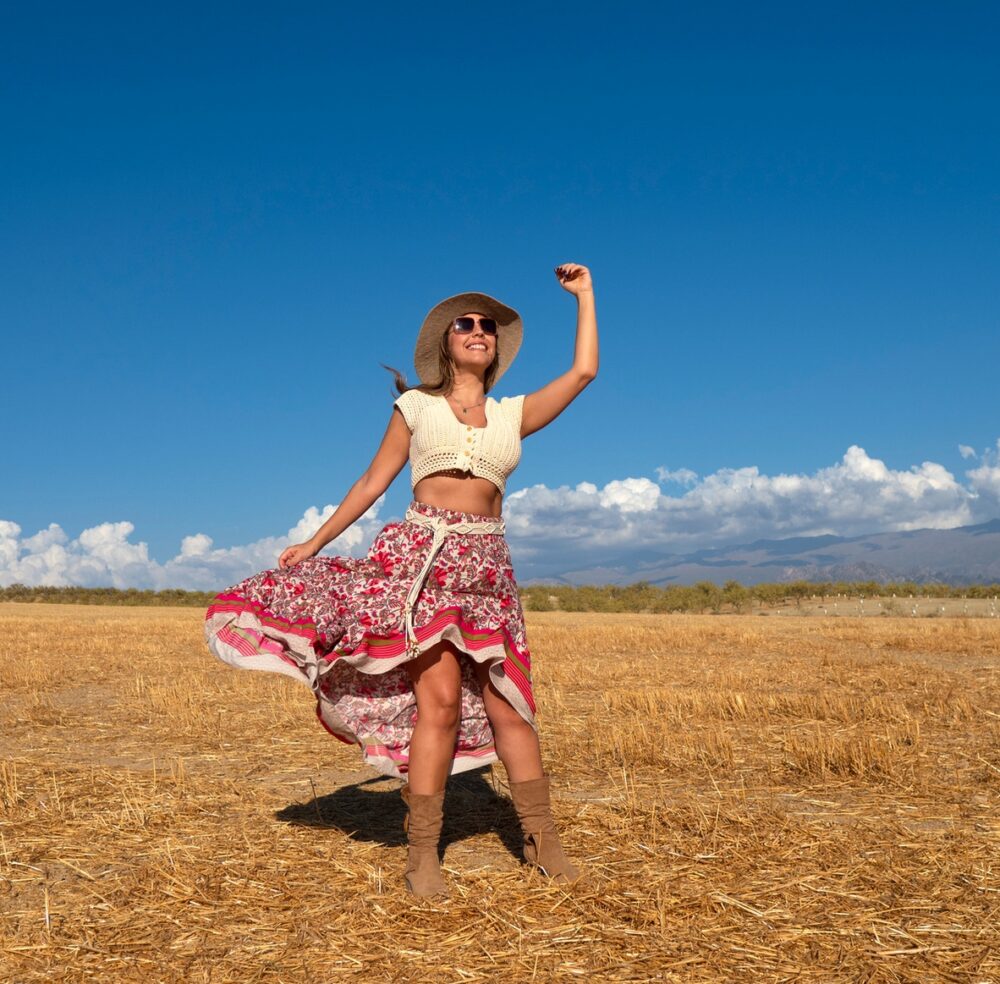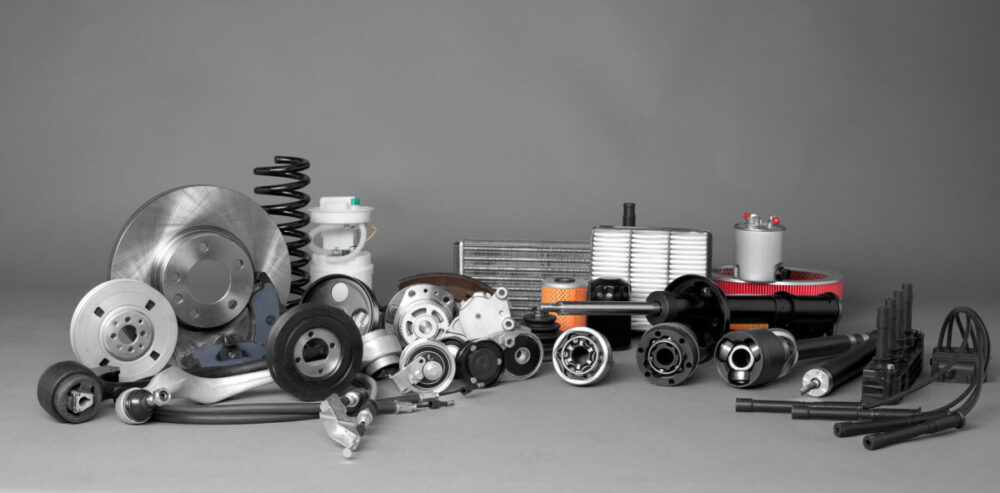Dance, the exquisite language of movement, is enriched with elements of style, aesthetics, and expression. The clothing we wear significantly enhances this language, with dance skirts playing a critical role in elevating the grace and rhythm of the dance. As you excitedly prepare for your first lesson, the choice of your skirt can be pivotal. From the flowing ballet skirts that seemingly float in mid-air to the high-energy flash of Latin dance skirts, each enhances the artistic expression and accentuates the dancer’s movements.
Let’s embark on a journey to discover the world of dance skirts, providing you with essential tips for your first lesson in dancing.
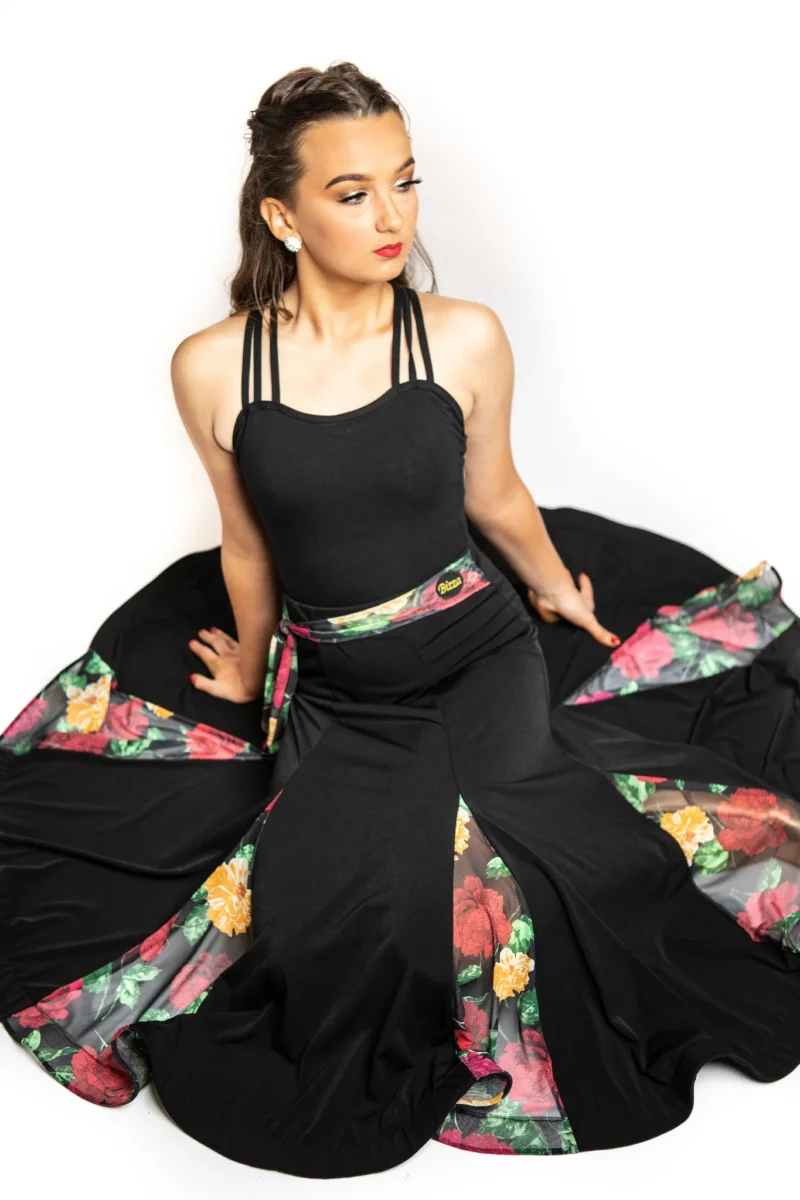
Dance Skirts Essence
Dance skirts come in various styles, each tailored to a specific type of activity. Ballet skirts, traditionally soft and flowing, help emphasize grace and the elegance of ballet moves. Lyrical skirts, often asymmetrical, provide a free-flowing canvas that accentuates the fluid movements of lyrical dance. Latin dance skirts, often adorned with ruffles or fringe, add a dynamic visual flair to the energetic moves.
The material of the skirt significantly impacts the dancer’s movements. Fabrics such as chiffon, georgette, and mesh, known for their lightness and fluidity, are perfect for creating graceful movements and visual aesthetics. Heavier fabrics like satin or velvet might be chosen for their lustrous sheen but are less airy, affecting the skirt’s flow. Understanding these nuances is critical in your journey to find the perfect skirt.
Choosing the Right One
Choosing the right dance skirt is not merely about aesthetics but also about its suitability to your style. Factors such as skirt style, length, and color play significant roles. A full-length skirt, while ideal for a flamenco class, could be a hindrance in a jazz dance class where a shorter, fringed skirt might be more suitable. The color of your skirt can also affect your presentation, with brighter colors often used in high-energy performances to catch the audience’s eye.
Additionally, remember to understand the specific requirements of your class. Some classes might prefer traditional colors like black or white, while others may allow more freedom of choice.
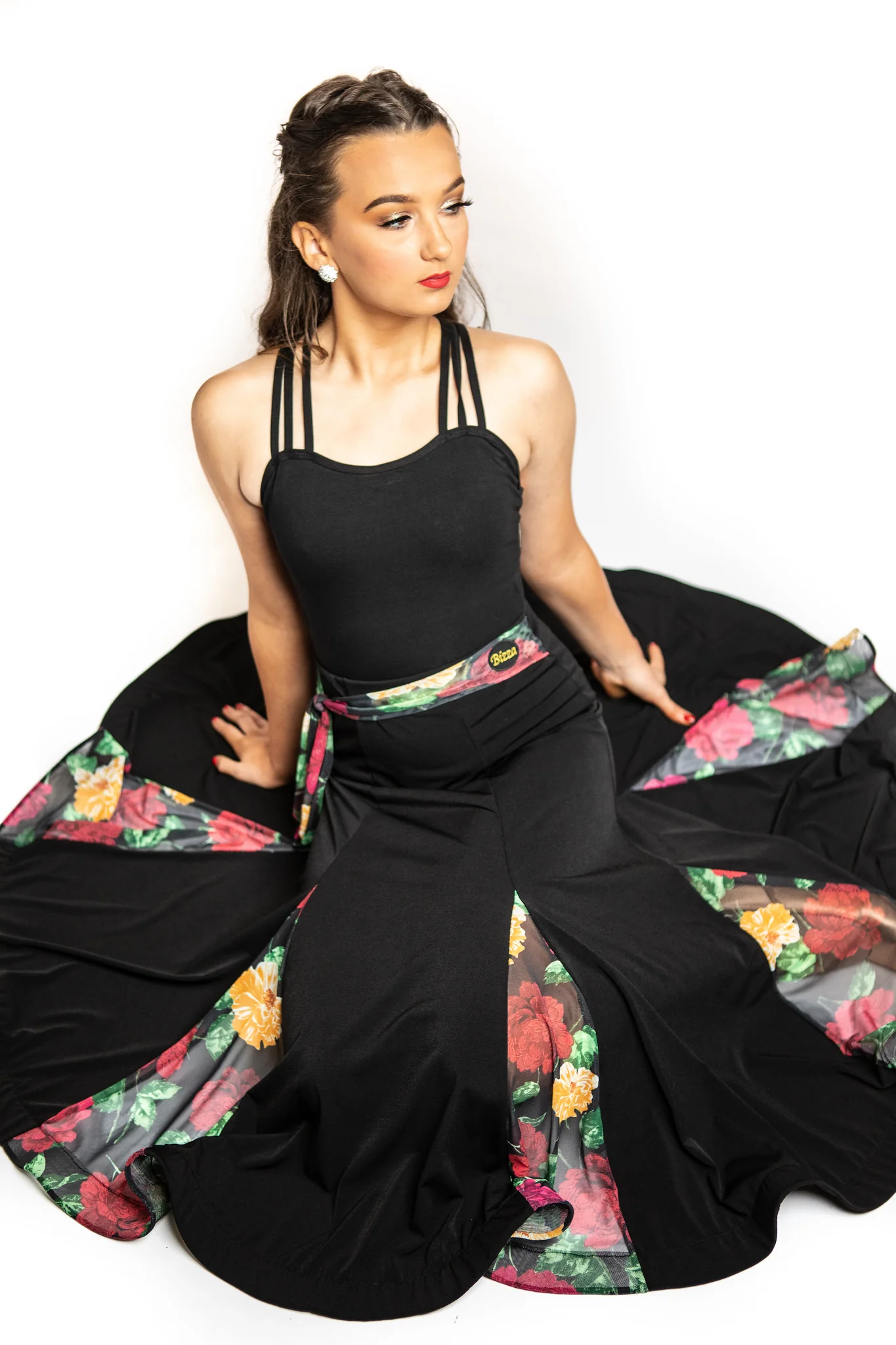
Length and Fit
The length and fit of your dance skirt play an integral role in your overall performance. The appropriate length varies based on the genre. For example, ballet typically employs short to mid-length skirts to display the precision of footwork, whereas longer skirts are customary in classical Spanish dance to evoke a sense of drama and flamenco flair.
Fit is paramount to ensure unhindered movements. The skirt should be snug enough to stay in place yet provide enough room for you to move freely. An ill-fitting skirt can become a distraction and detract from your dance performance, so it’s crucial to try on your chosen skirt and move around in it before making a decision.
Fabric and Texture
The fabric of your skirt directly impacts how it moves with you and the overall look on the dance floor. Lightweight fabrics like chiffon and mesh provide a floaty and ethereal quality, making them excellent choices for styles like ballet and contemporary styles. For Latin or Ballroom dance, satin or sequined fabrics add a flashy appeal in sync with the genre’s lively energy.
The texture of the fabric, while often overlooked, can complement your movements. A smoothly textured fabric like silk or satin provides a sleek silhouette, whereas a textured fabric like ruffled chiffon can add visual interest and depth to your movements.
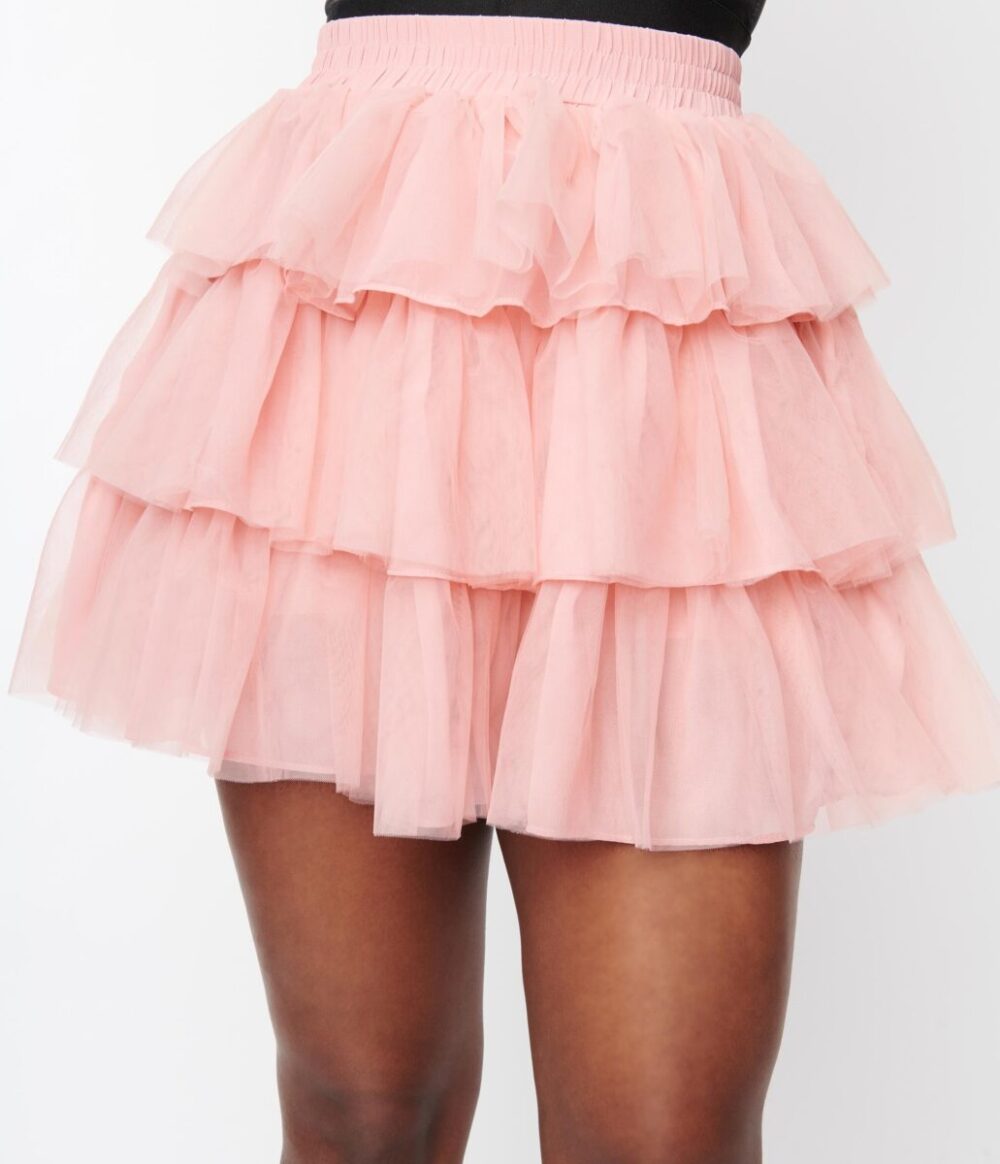
Skirt Styles
Understanding the various skirt styles is essential to choose one that aligns with your dance genre and personal preference. Wrap skirts, characterized by their versatility and ease of wear, are prevalent in ballet and contemporary style of dancing. Circle skirts, with their ability to flare out during spins, are a favorite in Latin and Ballroom genres. Ruffled skirts, known for adding visual volume and dynamism, are the go-to choice for high-energy performances.
Each of these styles can bring a different aesthetic to your dance, and finding the one that resonates with you and enhances your performance is key.
Coordination with The Attire
Creating a visually appealing ensemble is about more than just your skirt – it’s about how your skirt coordinates with the rest of your dance attire. Your skirt should harmonize with your leotards, tights, and shoes, both in color and style.
Consider the overall look you’re trying to achieve. A black leotard paired with a bright red skirt can create a striking contrast for a contemporary performance, while a pastel-colored ensemble may be better suited to a classical ballet performance.

Care and Maintenance
Proper care and maintenance of your skirt can prolong its life and maintain its appearance. Most skirts require gentle washing to preserve the fabric’s quality. Hanging skirts to dry can prevent wrinkles and help them keep their shape.
Proper storage is also critical. Avoid cramming skirts into tight spaces, as this can cause wrinkles and damage the material. Instead, hang them or lay them flat in a cool, dry place.
Comfort and Movement
While style and aesthetics are crucial, comfort in a skirt is paramount. Choose skirts made from soft, breathable materials that will not irritate your skin or limit your movements.
Your dance skirt should also allow for easy movement. A tight pencil skirt may look stylish, but it could hinder your ability to execute wide-ranging moves. A skirt that provides both comfort and freedom of movement will enhance your overall experience and performance.
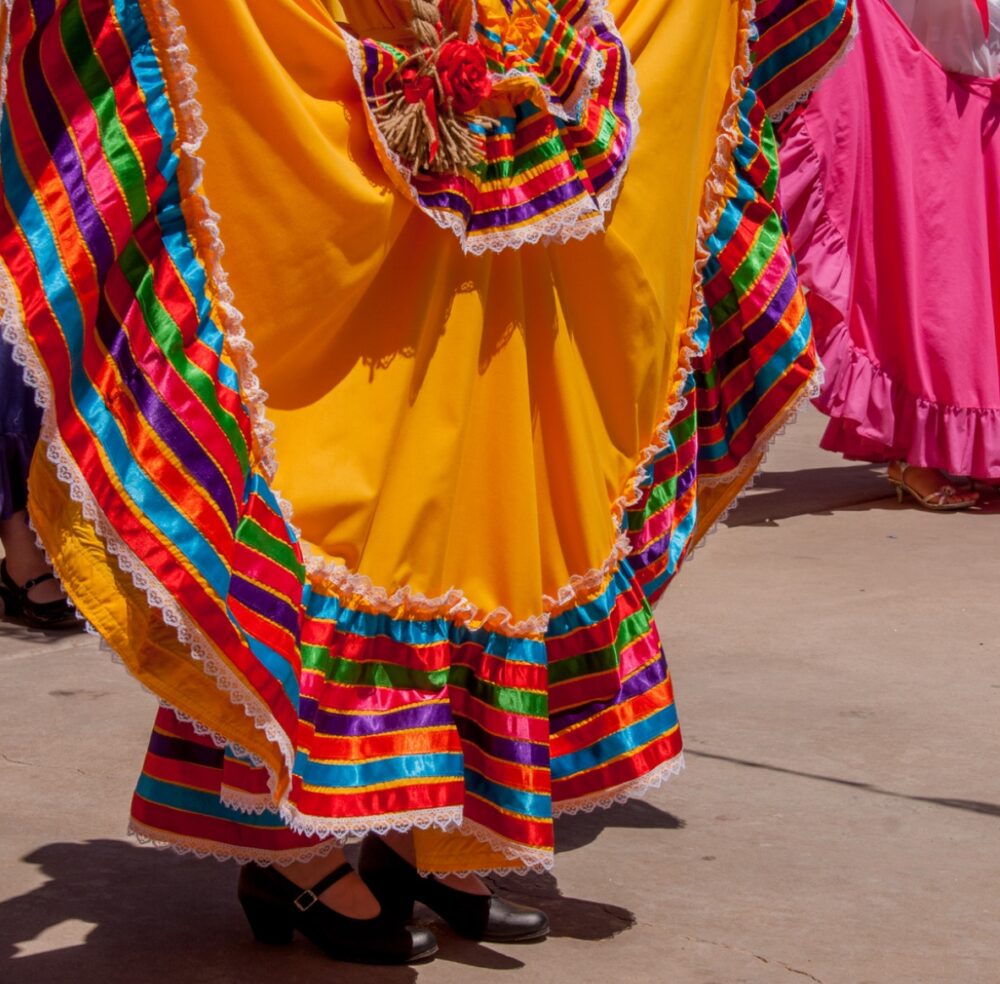
Enhancing Performance and Expression
Skirts play a significant role in enhancing performance quality and artistic expression. They act as an extension of the dancer, accentuating movements, and adding a dramatic visual element to the performance.
A skirt’s movement can echo the rhythm of the dance, making turns more dramatic and jumps more ethereal. So, when selecting the right skirt, consider not only how it looks but also how it can complement and enhance your dance movements.
Budget-Friendly Options
Quality dance skirts can sometimes come with hefty price tags, but it doesn’t mean you need to break the bank for your first skirt. Many affordable options are available for beginners, providing a balance of quality and price.
Look for dancewear companies that cater specifically to students or beginners, as they often offer reasonably priced items. Second-hand stores or online platforms can also be good sources of budget-friendly dance skirts.

